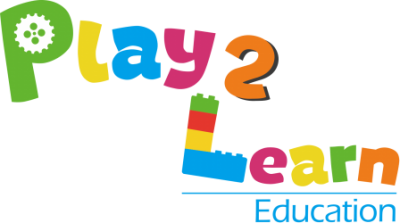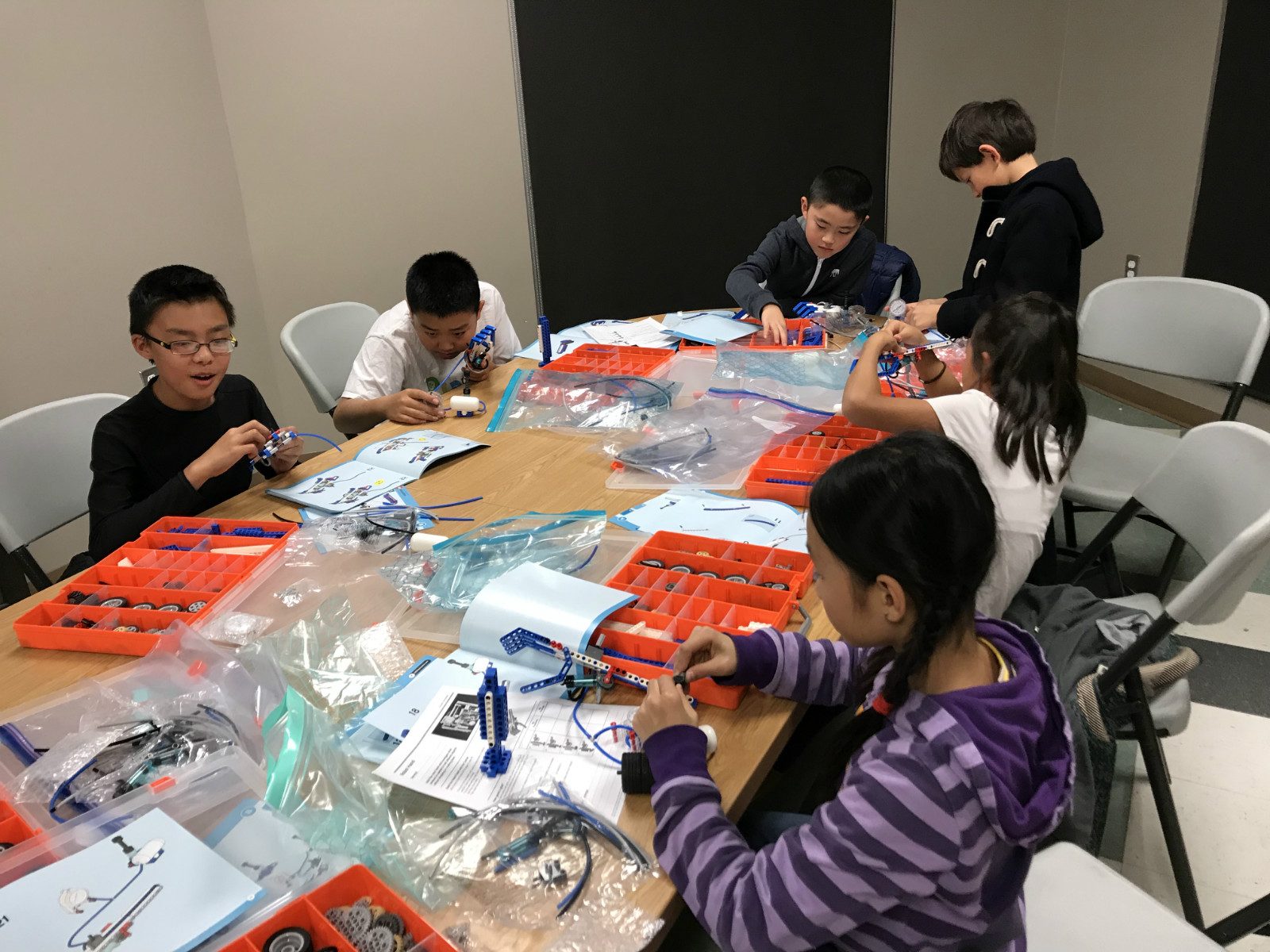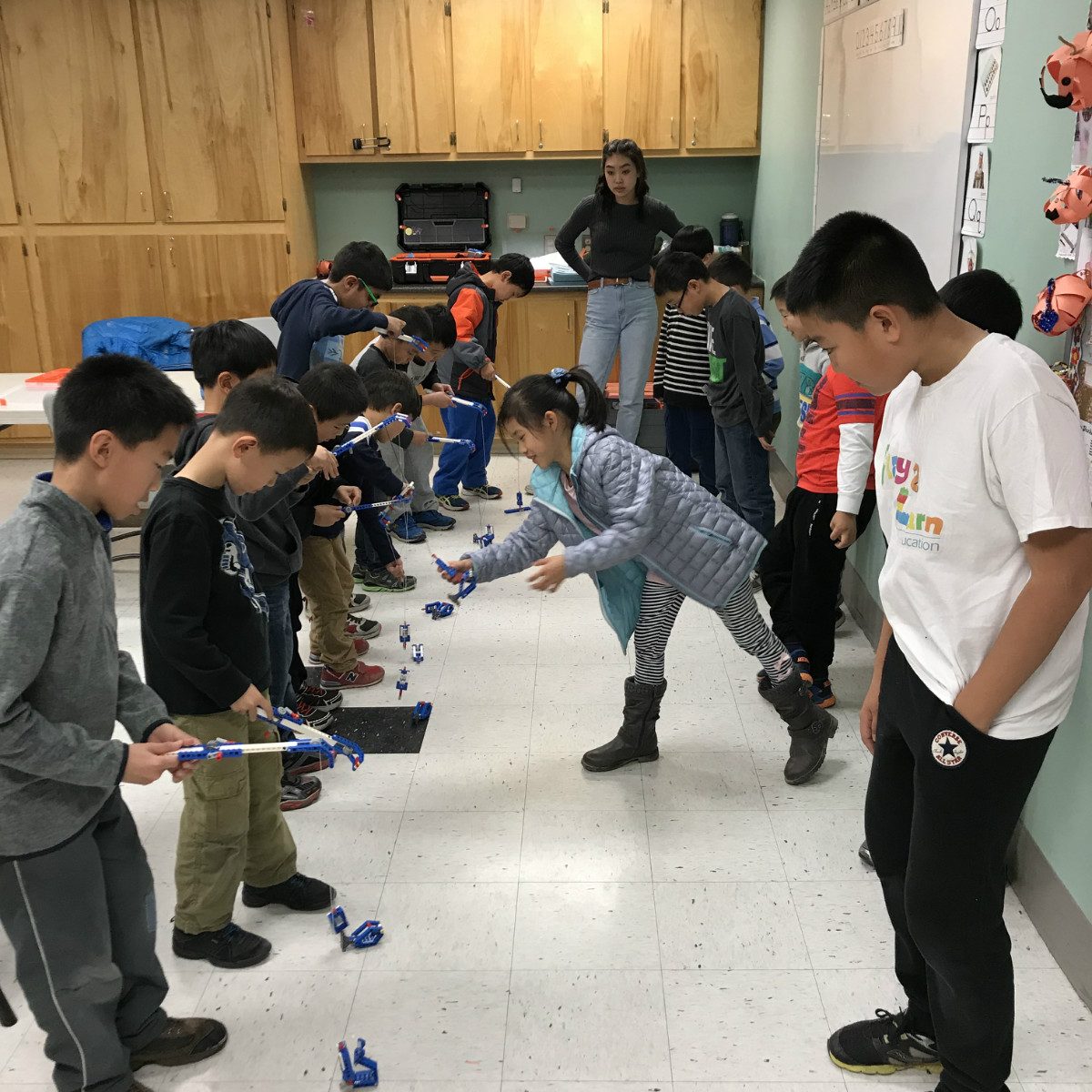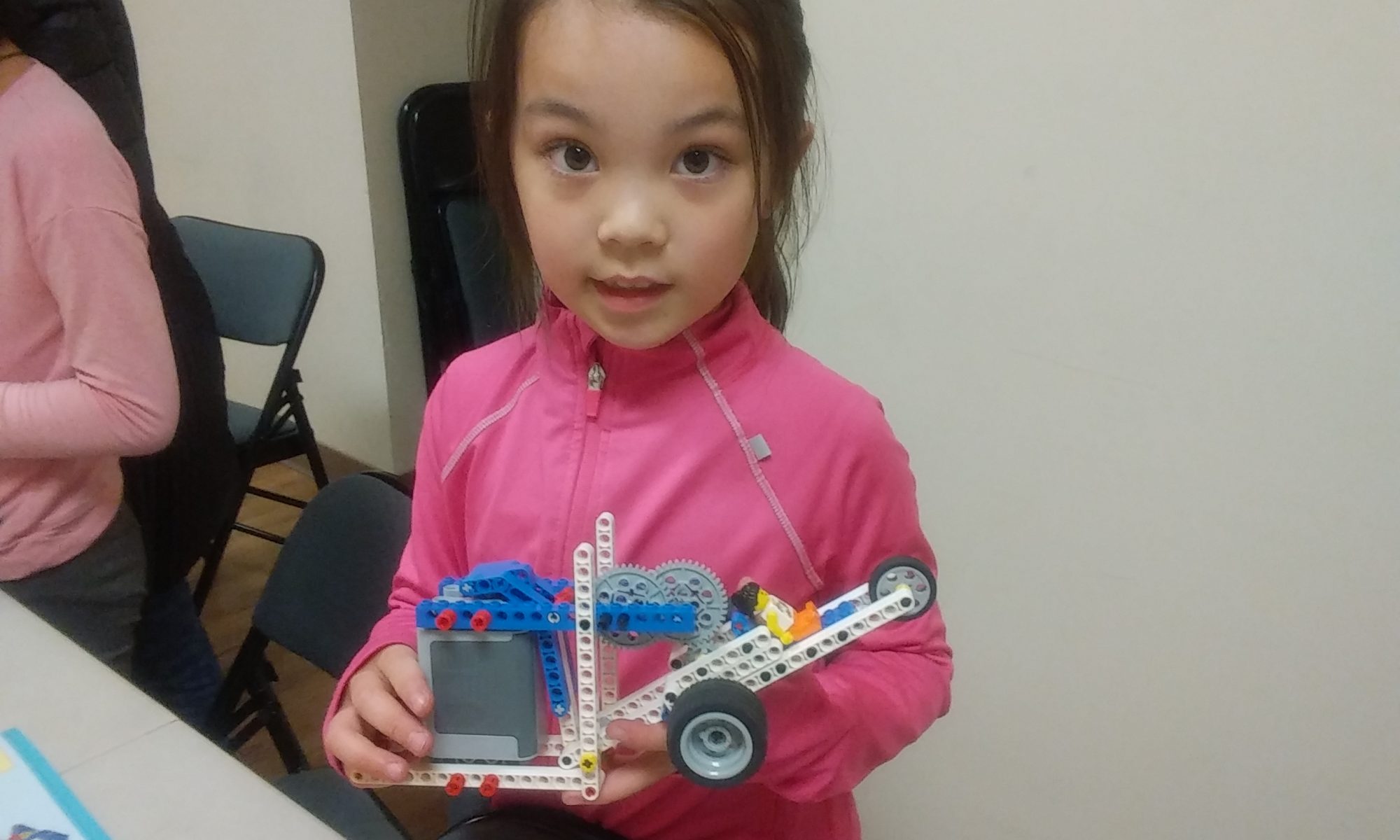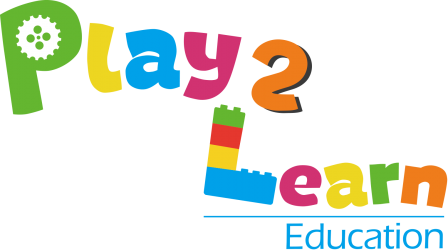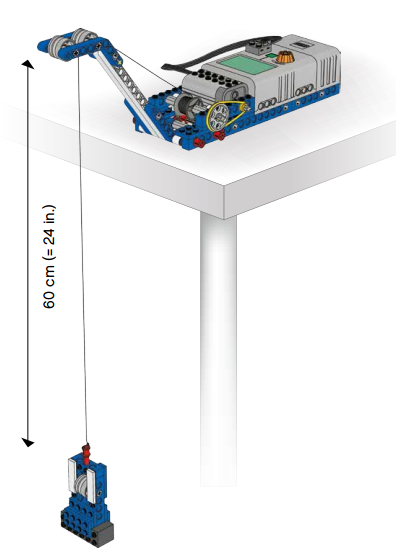The kids really seemed to enjoy this project. They partnered up in groups of two and worked on a fishing rod, which had a string and was lifted with a handle. Aside from a fun exercise, it was also good practice in engineering a mechanical device. Some of the kids went even further and added a battery and a motor to the rod. Next week is the last class of the term, and the kids will be instructed to use their imagination to build what they like. They can work individually or in teams again, and in the end they will receive their certificates for passing this phase.
Communication ECA Phase III Class 7: Pneumatic: Robot Hand 20171025
The theme of today is building a robot hand model, which is a more complex application of the pneumatic system. In this section, the pneumatic robot hand consists pneumatic components from cylinders and pumps to the air valve, the air tank, and the manometer. With the built model, the students got a deeper understanding of the design philosophy and working principles of the pneumatic system, which built a solid ground for the next following even more advanced pneumatic robot arm model. The STEM information behind this section is the application of pneumatic systems as well as the cylinder piston rod force output calculation, which can be calculated by multiplying the air pressure with the piston area. All the students finished the model and the experiments. And they conducted the objects grabbing with a lot of interests and fun.
Communication ECA Phase I Class 7: The Fishing Rod 20171025
The students built a Lego finishing rod and a fish, which is the fishing analogy game. Two students built the model cooperatively and then conducted the session to understand the basis of the pulley system. The section is more about having funs instead of the studying STEM theories. The only important one is the pulley system used in the fishing rod building process. After finishing both the finishing rob and a mimic fish, the students ran a fishing catch competition. All the students finished the model building part and had a big fun.
Dragster
This time around we built the dragster and it’s launcher, all the students were able to complete the build.
Ethan, Yiming, and Lenix work very well together often asking eachother for help. Their enthusiasm for building shows, though it would be nice if they would take to their assignments with such vigor. While they are usually loud this time around they were relatively quiet and respectful.
Olivia’s attention to detail is keen and her organization abilities are excellent.
Jenna was the first to finish today and she seems to have a decent spatial awareness though I have not been able to reliably prove this just yet.
While the students were reluctant to clean up this is expected and they did a wonderful job of putting their part back this time around
The Dragster
This turned out to be a very enjoyable and rewarding class for the children. All of the kids finished their tasks which consisted of doing their projects and understanding their assignments. This class introduced them to the topics of acceleration, weight, and velocity. After they finished, they started playing with their cars and raced each other. This class was on the sixth week and so the project they worked on and the upcoming one in the next class will be the most challenging ones. Next week they will be working on the Fishing Rob, another exciting and interesting project.
Communication ECA Phase III Class 3: Boat Pulley 20170124
The topic of today is the energy transfer study using the boat pulley model. The students first built a mimic boat pulley model, then they conducted the experiment to lift load up and record the energy consumption. The students also calculated the energy efficiency of the boat pulley, which is the useful energy divided by the total energy consumption. It is one of the most essential engineering concepts. The STEM information behind this section is the energy transformation between the electrical and potential energy as well as the energy efficiency. All the students finished the model building part. More importantly, they all finished the experiment section and conducted the energy efficiency calculations. They enjoyed the class.


